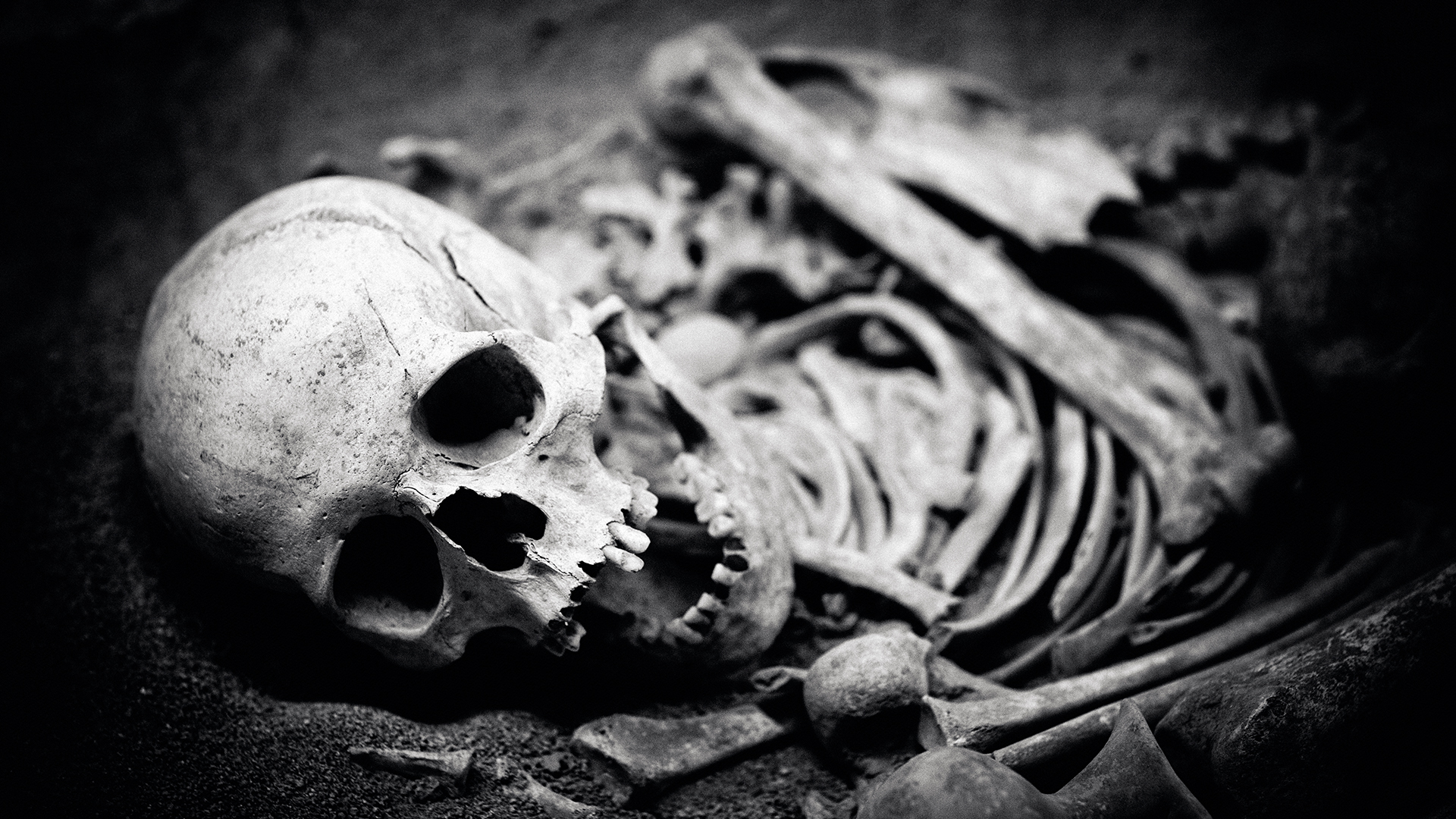Violence in the ancient Middle East spiked with the formation of states and empires, battered skulls reveal
Human violence in the Middle East has ebbed and flowed since 12000 B.C., with spikes in the Copper and Iron ages and a lull in the Bronze Age, new research finds.

A deep dive into nearly 12,000 years of violence in the Middle East reveals that bloodshed skyrocketed as proto-states, or state-level society, began to emerge about 6,500 years ago and spiked again as drought and superpowers took hold about 3,200 years ago, according to an analysis of battered human skulls and bones.
The skulls and bones — from over 3,500 people injured in conflicts in the Middle East during pre-Classical times (12000 B.C. to 400 B.C.) — came from the geographical region that includes Turkey, the Levant (the land around the eastern Mediterranean), Mesopotamia and Iran. These human remains were studied by an international research team interested in testing hypotheses about the rise and fall of violence in premodern times, according to a study published Oct. 9 in the journal Nature Human Behaviour.
The team investigated cranial trauma and weapon-related wounds in the skeletons of people who lived in the Middle East during one of four time periods: the Neolithic (12000 to 4500 B.C.), the Copper Age (4500 to 3,300 B.C.), the Bronze Age (3300 to 1200 B.C.) and the Iron Age (1200 to 400 B.C.). The ancient Middle East is an ideal place to look for clues to understanding violence in humans because this geographic area was crucial to several major innovations in human culture, from the domestication of plants and animals to the creation of the first cities beginning around 11,000 years ago.
The researchers' goal was to test assumptions about the level of violence in these time periods. For example, a low population density in the Neolithic period likely meant low levels of violence, while the emergence of states and empires in later periods may have increased interpersonal violence, particularly as people began to live close to one another in early cities.
Related: Iron Age warrior woman was buried with a sword and a mirror
Through their analysis of traumatic injuries identified on ancient skulls, the team found that the incidence of violence increased dramatically in the Copper Age, when large-scale organized conflict arose with the first proto-states, and then again in the Iron Age, due to major upheavals that included a 300-year drought and the rise of military superpowers such as the Assyrian Empire.
But a substantial decline in violence occurred in the Bronze Age between 3000 and 1500 B.C., the researchers found, in spite of numerous climate- and urbanism-related challenges. They concluded that it is likely "the violence decline took place at a time when early states achieved substantial capacities to reduce conflicts in their societies."
Get the world’s most fascinating discoveries delivered straight to your inbox.
Reduced violence in the Bronze Age likely resulted from social innovations that transformed individuals into citizens.
"It seems quite clear that legal systems evolved rapidly through the Bronze Age, and even free citizens enjoyed some degree of protection from the law," study co-author Giacomo Benati, an economic historian at the University of Barcelona, told Live Science in an email. "This indicates that people had increasingly peaceful means to solve disputes."
Peace was short-lived, though, as the Iron Age saw unprecedented levels of inequality, diminishing resources, and a surge in warfare related to the rise of empires, such as that of the Hittites, who ruled over what is now part of Turkey. The discovery of upper-skull trauma in the Copper and Iron ages may suggest that "a blow to the head was possibly the most common way to kill in the pre-modern period," Benati said.
Debra Martin, a bioarchaeologist at the University of Nevada, Las Vegas who was not involved in the study but has expertise in ancient violence, said the study is interesting and based on solid data.
"I applaud that the authors chose to not interpret the data to fit into one causal explanation," she told Live Science in an email. "Violence and conflict are often driven not only by external factors but also by ideology, beliefs and symbolism. In other words, it's complicated what drives violence."
The research team plans to carry out a follow-up study to address additional aspects of interpersonal violence trends over time, such as whether males or females were more likely to be affected.
"Skeletal data are uniquely well-suited for understanding changes in human welfare," Benati said, "and we will certainly try to observe gender differences as well — the gender dimension is certainly a crucial one."

Kristina Killgrove is a staff writer at Live Science with a focus on archaeology and paleoanthropology news. Her articles have also appeared in venues such as Forbes, Smithsonian, and Mental Floss. Kristina holds a Ph.D. in biological anthropology and an M.A. in classical archaeology from the University of North Carolina, as well as a B.A. in Latin from the University of Virginia, and she was formerly a university professor and researcher. She has received awards from the Society for American Archaeology and the American Anthropological Association for her science writing.



